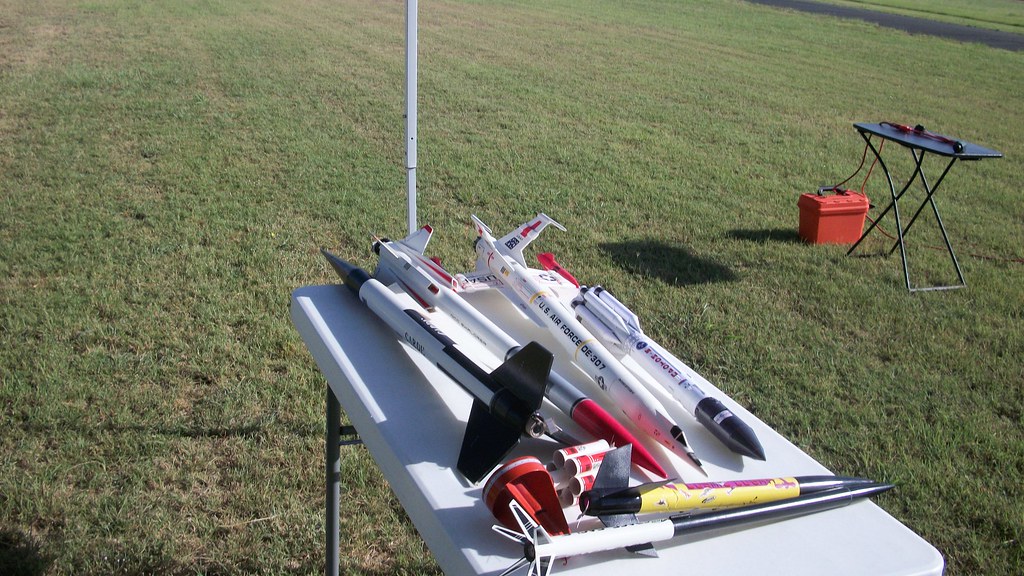Sooner Boomer
Well-Known Member
- Joined
- Mar 21, 2011
- Messages
- 5,888
- Reaction score
- 4,847
No freakin' way! Did this tech graduate from A&M*?
https://arstechnica.com/science/201...-caused-last-weeks-russian-rocket-to-explode/
Rocket carrying GLONASS navigation satellites crashed 32 seconds after launch
While America was looking forward to the July 4 holiday, the Russian space program was busy putting the final touches on its latest rocket launch. A Proton-M rocket carrying three satellites for the GLONASS navigation constellation (Russia's answer to GPS) launched on July 2, 2013 at 06:38:22 Moscow Time.
Just one problem: the rocket came crashing back down to Earth at 06:38:54—landing in a massive fireball. The crash marked another setback for the beleaguered Russian space program. There were fears that the massive quantity of propellant could leak, potentially creating a very toxic disaster for the local population. And there was no immediate explanation as to why the Proton-M failed so spectacularly, so fast.
But on Tuesday, Anatoly Zak reports on his own site, RussianSpaceWeb.com, that investigators have determined the culprit was the “critical angular velocity sensors, DUS, installed upside down.”
He writes:
Check out Zak's site on the accident: https://www.russianspaceweb.com/proton_glonass49.html#culprit
"[FONT=Verdana, Arial, Helvetica, sans-serif]Since the emergency cutoff of the first stage engines is blocked during the first 42 seconds of the flight to ensure that the rocket clears the launch complex, the vehicle continued flying with its propulsion system firing practically until the impact on the ground."
THAT explains a lot. No wonder they launch in the middle of BFE.[/FONT]
*pick one...It's still an A&M
https://arstechnica.com/science/201...-caused-last-weeks-russian-rocket-to-explode/
Rocket carrying GLONASS navigation satellites crashed 32 seconds after launch
While America was looking forward to the July 4 holiday, the Russian space program was busy putting the final touches on its latest rocket launch. A Proton-M rocket carrying three satellites for the GLONASS navigation constellation (Russia's answer to GPS) launched on July 2, 2013 at 06:38:22 Moscow Time.
Just one problem: the rocket came crashing back down to Earth at 06:38:54—landing in a massive fireball. The crash marked another setback for the beleaguered Russian space program. There were fears that the massive quantity of propellant could leak, potentially creating a very toxic disaster for the local population. And there was no immediate explanation as to why the Proton-M failed so spectacularly, so fast.
But on Tuesday, Anatoly Zak reports on his own site, RussianSpaceWeb.com, that investigators have determined the culprit was the “critical angular velocity sensors, DUS, installed upside down.”
He writes:
Each of those sensors had an arrow that was suppose to point toward the top of the vehicle, however multiple sensors on the failed rocket were pointing downward instead. As a result, the flight control system was receiving wrong information about the position of the rocket and tried to "correct" it, causing the vehicle to swing wildly and, ultimately, crash. The paper trail led to a young technician responsible for the wrong assembly of the hardware, but also raised serious issues of quality control at the Proton's manufacturing plant, at the rocket's testing facility, and at the assembly building in Baikonur. It appeared that no visual control of the faulty installation had been conducted, while electrical checks had not detected the problem since all circuits had been working correctly.
Zak also added that Russian authorities have launched a criminal investigation.
Check out Zak's site on the accident: https://www.russianspaceweb.com/proton_glonass49.html#culprit
"[FONT=Verdana, Arial, Helvetica, sans-serif]Since the emergency cutoff of the first stage engines is blocked during the first 42 seconds of the flight to ensure that the rocket clears the launch complex, the vehicle continued flying with its propulsion system firing practically until the impact on the ground."
THAT explains a lot. No wonder they launch in the middle of BFE.[/FONT]
*pick one...It's still an A&M
Last edited:





